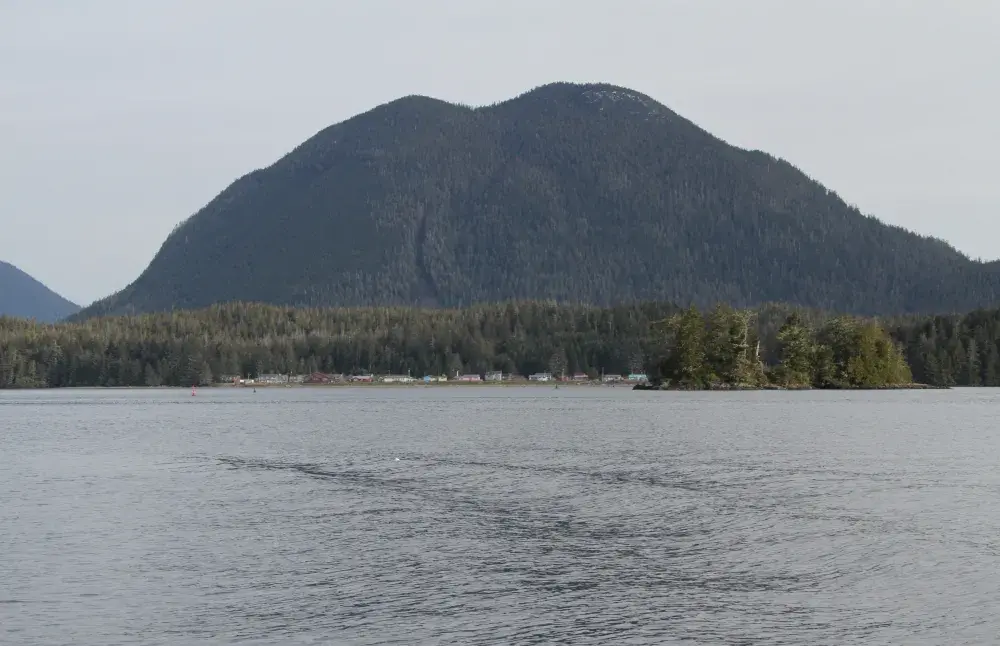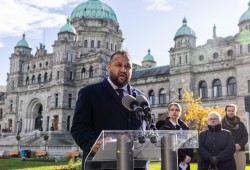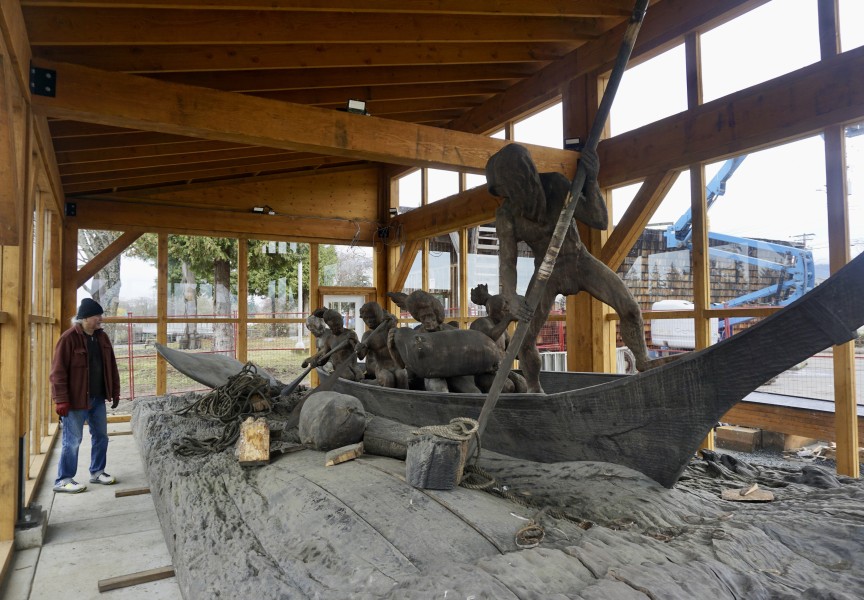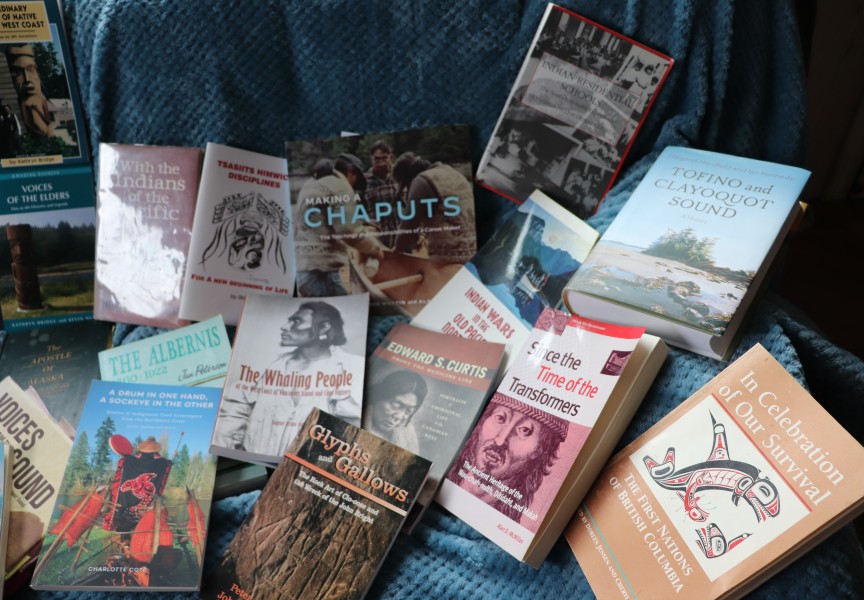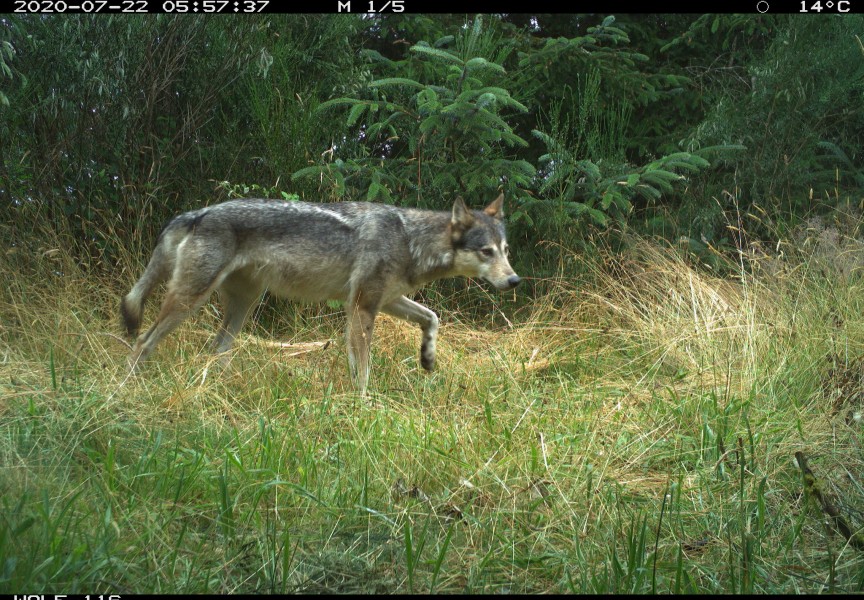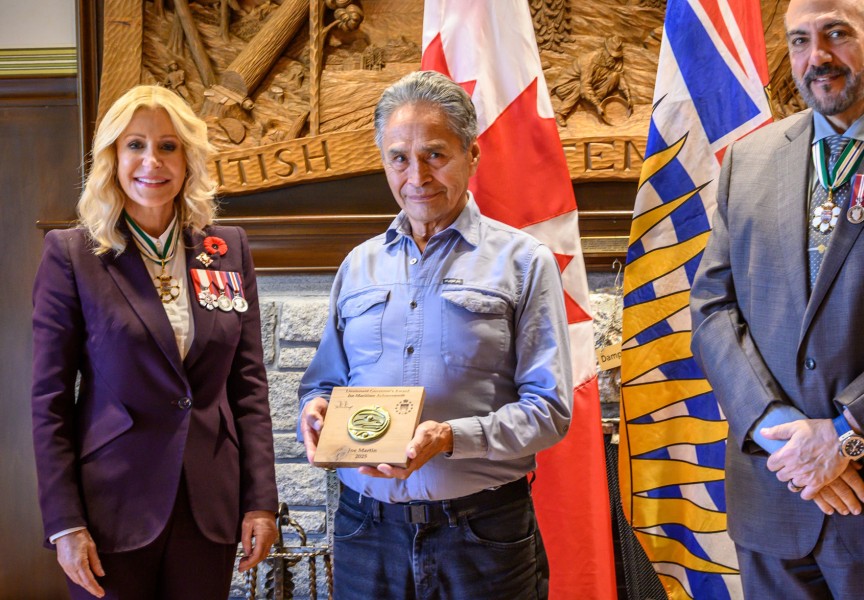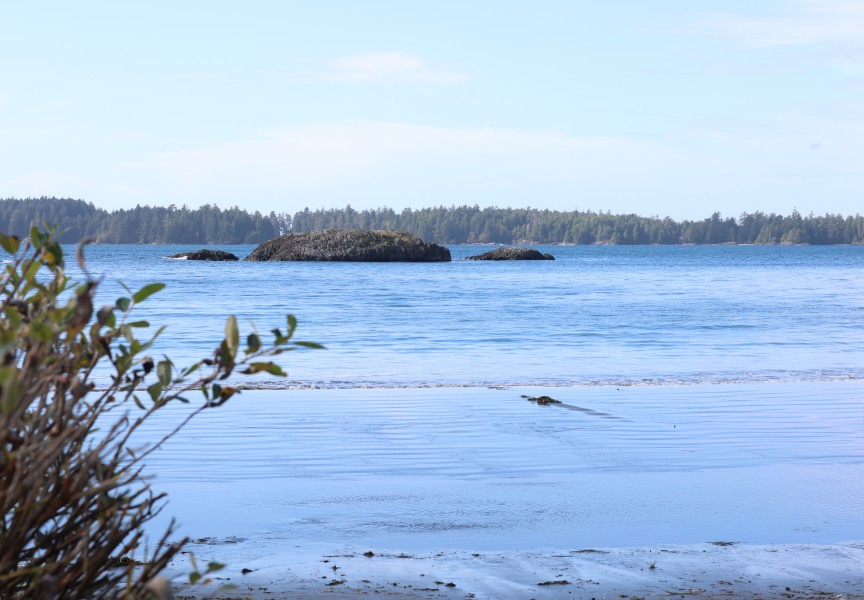Legislation that determines how British Columbia’s heritage sites are protected is being updated, with an eye on how the new act will align with UNDRIP.
The Heritage Conservation Act applies to over 64,000 protected sites on the provincial registry – 90 per cent of which are of First Nations origin. The act regulates how these sites are protected when work is done at the locations, but as it was last revised in 1996, the current legislation is admittedly lacking, says Minister of Forests Ravi Parmar.
“The Heritage Conservation Act is how we protect important cultural and archeological sites in B.C., but the current system doesn’t work well for people, and it doesn’t fully reflect our shared values or commitments,” he said in a press release issued July 9.
Under the current legislation development activity often brings about the need for multiple permits under the act, each of which average 300 days for regulatory review. Those who are drafting the new act hope to make this process more efficient, which would allow communities to rebuild faster after natural disasters like wildfires and floods.
In development for several years, over 300 organizations have been engaged to help inform how the act should be updated, including municipalities, the archeological branch, real estate associations, construction companies and resource industries.
Back in 2019 the province passed the Declaration on the Rights of Indigenous Peoples Act, which tasks legislators to align B.C. laws with the United Nations Declaration on the Rights of Indigenous Peoples. Following DRIPA, the new Heritage Conservation Act is being developed in partnership with the First Nations Leadership Council.
Judith Sayers is co-chair of the joint working group on First Nations heritage conservation that has been developing the new act.
“We try hard to align it with UNDRIP,” she said, reflecting that the process has demonstrated how a government can effectively collaborate with First Nations. “It’s a huge step forward.”
So far the province and the working group have managed to agree on 53 of 57 items that will form the new legislation, noted Sayers. But matters that remain outstanding are the removal of 1846 – the date that the British Crown asserted sovereignty over British Columbia – and how to compensate for past wrongs.
“We really want the province to address redress for all the wrongs that were to heritage,” said Sayers. “We couldn’ t come to any agreement on that as of yet.”
The Heritage Conservation Act first came into law in 1977, but B.C. has legislated protection for historically significant places since 1925. Currently many of the sites on the province’s registry are burial grounds and First Nations village sites.
“These sites provide physical evidence of how and where people lived in the past that are integral to understanding British Columbia today and our shared histories,” stated the province in a press release.
“There’s things like Thunder Mountain in Hupacasath territory, certain landscapes need to be protected,” added Sayers. “There’s so many sacred sites through Nuu-chah-nulth, and most of those are family. Ensuring that those power places, as I call them, are preserved is pretty important.”
Another stage of engagement to inform the legislation is underway until October, with the goal of tabling the new act in spring 2026.

